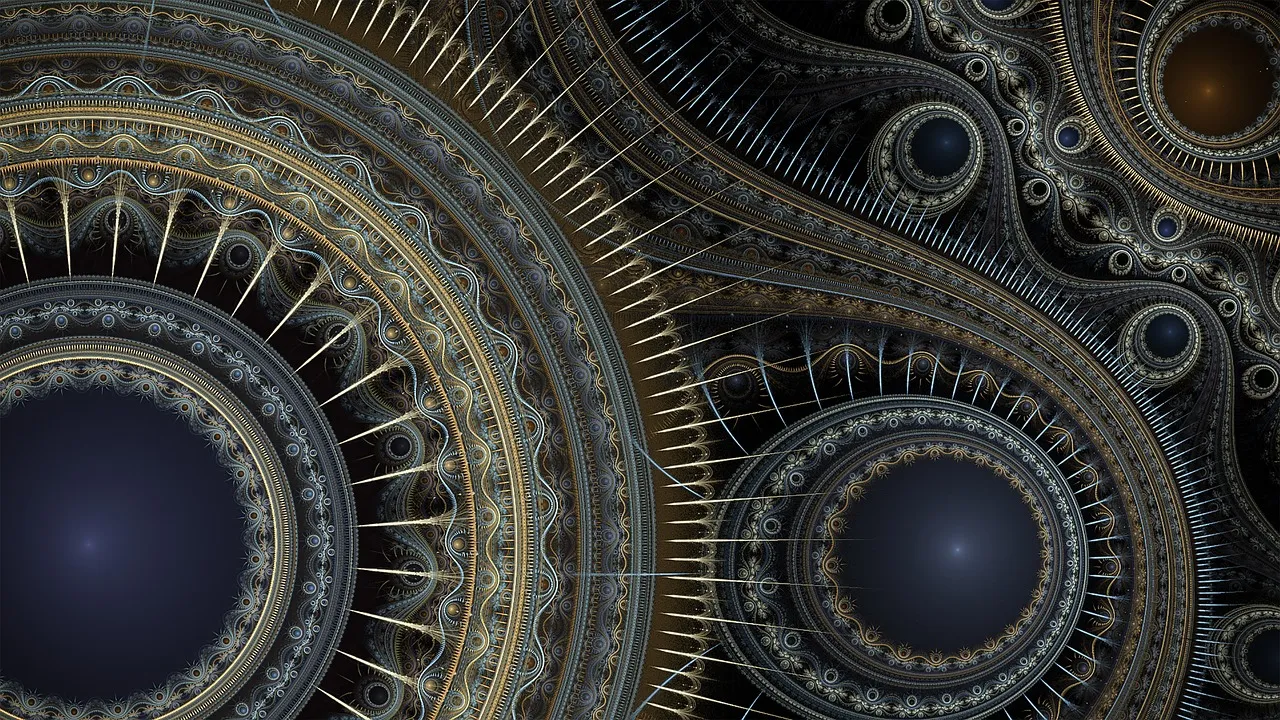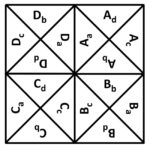 How was Carl Jung Influenced by Math an Physics
How was Carl Jung Influenced by Math an Physics
While Carl Jung was not deeply familiar with the technical details of physics and mathematics, these fields nonetheless had a significant influence on his thinking about psychology and the nature of the psyche. Jung lived in early 20th century Zurich, a time and place where groundbreaking discoveries in physics were very much “in the air.” This zeitgeist, along with personal friendships and correspondence with eminent physicists and mathematicians like Wolfgang Pauli and Albert Einstein, helped shape Jung’s conception of psychic energy and the dynamics of the unconscious.
Physics as a Model for Psychic Energy
Jung saw in physics a useful metaphor and model for formulating an understanding of psychic energy, even if he left out the mathematical formulas and equations. Physics had developed an elaborate theory of energy, with laws governing causality, entropy, conservation, and transformation. Jung sought to conceptualize the psyche in an analogous way.
Like physical energy, Jung argued that psychic energy is an abstraction, unable to be directly seen or touched. It has to do with the relations and interactions between psychic objects and structures. Just as physics describes how objects affect one another through forces like gravity, Jung believed a theory of psychic energy should account for how elements in the inner world impact each other.
Some key principles Jung adapted from physics include:
- Psychic energy is finalistic, moving irreversibly from less probable to more probable states, ultimately seeking equilibrium
- While abstract, the effects of psychic energy are observable in things like behavior and emotion
- The law of conservation of energy can be applied to psychic events – energy is neither created nor destroyed but rather transferred or transformed
Causal-Mechanistic vs Finalistic-Energic Viewpoints
Jung contrasted two ways of looking at sequences of events, whether in the physical world or the psyche – the causal-mechanistic view and the finalistic-energic view. He saw them as incompatible yet both true in their own way.
The causal-mechanistic perspective focuses on chains of causation, with each event the effect of a prior cause. In psychology, this would mean tracing a complex back to an originating trauma for example. There is empathy in this view, acknowledging how present suffering connects to past wounding.
The finalistic-energic view on the other hand is more abstract. Here events are seen as waypoints in a gradient of energy seeking the path of least resistance toward a state of entropy and equilibrium. The end state pulls the process toward itself through a transfer of intensity. Psychologically, this means one’s present state, for good or ill, may be the inevitable result of unconscious forces and complexes seeking to discharge their energy and achieve balance.
While more of a determinist than a mystic, Jung did not regard the finalistic view as necessarily implying a divine plan or ultimate meaning to psychic events. He simply sought to describe the observable patterns and dynamics of the unconscious. His goal was to find a middle ground between the causal and final perspectives, seeing truth in both Freud’s emphasis on the shaping impact of the past and Adler’s focus on present context and needs.
 Autonomous Complexes and Creative Energy
Autonomous Complexes and Creative Energy
Jung’s finalistic view allowed him to conceive of complexes in the psyche as not just reactive but at times autonomously creative. Possessing their own energy and agenda, complexes can emerge into consciousness unprovoked, seeking to express and discharge their energy through fantasies, desires and impulses. Once that energy has been released, they settle back into their unconscious background state.
In this way, Jung integrated the new and strange world of relativity, quantum physics, and non-Euclidean geometry into a model for the psyche. Even without facility in advanced mathematics, he intuited deep principles at work in both domains – an ordered energy running beneath the surface, moving in arcane but intentional ways.
Reconciling the Sacred and Scientific
The influence of figures like Pauli and Einstein on Jung went beyond their particular scientific theories to a shared sense that a new worldview was emerging, one that could bridge the long-standing divide between science and religion, the literal and the symbolic, the outer and inner worlds.
Jung resonated with scholar David Tacey’s vision of a potential “third age” following the eras of a literalized religious worldview and then a purely rational scientific materialism. In this coming stage, rather than seeing science and spirituality as irreconcilable, they could be understood as translations of the same principles into different domains. Mathematical and alchemical languages would be rediscovered as parallel ways of symbolizing the mysterious unified reality behind physical and psychological experience.
In drawing upon physics as a model while still valuing the wisdom of religion and myth, Jung sought to articulate the way forward to this new synthesis – a post-secular sacredness, grounded in both meaning and empiricism. His creative engagements with the revolutionary science of his day were part of a lifelong effort to heal the modern schism between matter and spirit.


























0 Comments